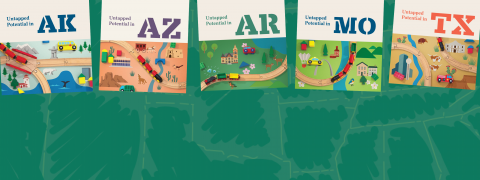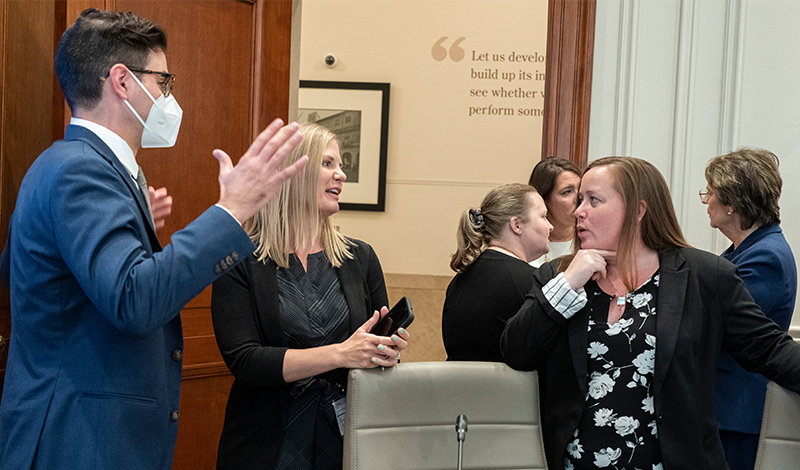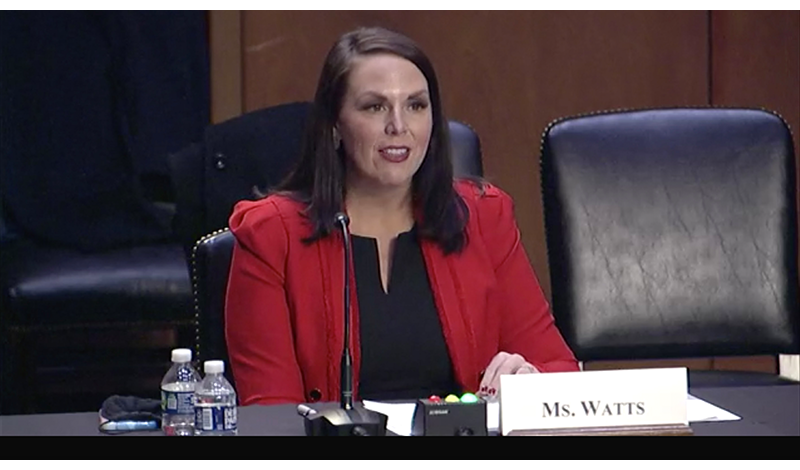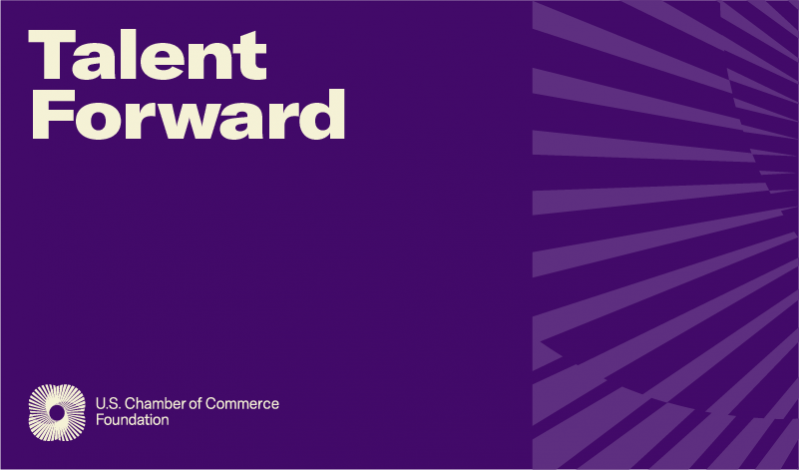This report explores an alternative quality assurance framework that can be used to recognize education, training, and credentialing programs that meet the business community’s standard of quality.
Economic Growth
The U.S. Chamber of Commerce Foundation is dedicated to promoting initiatives that grow our nation's economy.
Read the Foundation's report, The Growth Imperative, for more information about the importance of faster economic growth.
April 24, 2023
November 21, 2022
Career connection platforms, like Tallo, have remained committed to helping employers overcome the challenges of today’s labor market by building solid early talent recruitment strategies even in the midst of talent shortages.
September 29, 2022
The loss of eligibility for public safety-net programs and the benefits they provide as income rises above eligibility limits is called a “benefit cliff.” Benefits cliffs can significantly impact lower-wage workers and their families financially and may act as a disincentive for pursuing modest promotions and incremental raises and career development.
July 7, 2022
In response to growing childcare challenges across the nation, the U.S. Chamber Foundation partnered with the Bipartisan Policy Center (BPC) to support the expansion of high-quality, affordable childcare in communities and states across the country by establishing the Early Childhood and Business Advisory Council.
June 10, 2022
Employers can play a pivotal role in boosting the financial well-being of many working families by offering good pay and benefits.
February 18, 2022
On Feb. 15, the U.S. Senate Committee on Health, Education Labor and Pensions invited four witnesses to share the successes and challenges for bridging the gap between skilled workers and in-demand jobs.
January 26, 2022
While corporations may use background policies or educational requirements as proxies for trust or ability, this isn’t borne out in the data. More importantly, it means that they are missing out on a highly committed, often diverse candidate pool that could contribute to their bottom line.
Reshaping the Childcare Landscape
November 24, 2021
The Chamber Foundation partnered with the Missouri Chamber of Commerce and Industry on this report to better understand the unique needs of working parents in Missouri and examine the current childcare landscape.
November 30, 2021

The U.S. Chamber of Commerce Foundation partnered with the business communities in Alaska, Arizona, Arkansas, Missouri, and Texas, and their early education partners, to understand just how much breakdowns in childcare cost each state. In this study we looked at the causes of childcare challenges as well as motivations behind why parents select various childcare providers. Knowing many employers want to facilitate more access to childcare but do not know where to begin, we sought to learn what types of childcare benefits working parents desire most from employers.
November 10, 2021
Over the last year and a half, we’ve seen a transformational shift in how we view our education and workforce systems. The pandemic has changed the nature of work, how we view skills, and put a spotlight on a dire workforce shortage and the need to re-think how we recruit and hire. There are currently more than 10 million open jobs, yet only 7.4 million unemployed people.






